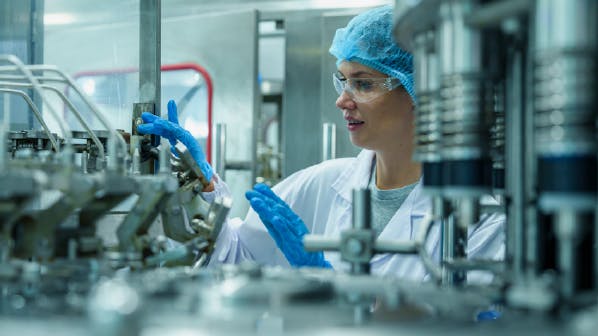Leverage Turing Intelligence capabilities to integrate AI into your operations, enhance automation, and optimize cloud migration for scalable impact.
Advance foundation model research and improve LLM reasoning, coding, and multimodal capabilities with Turing AGI Advancement.
Access a global network of elite AI professionals through Turing Jobs—vetted experts ready to accelerate your AI initiatives.
Leverage Turing Intelligence capabilities to integrate AI into your operations, enhance automation, and optimize cloud migration for scalable impact.
Advance foundation model research and improve LLM reasoning, coding, and multimodal capabilities with Turing AGI Advancement.
Access a global network of elite AI professionals through Turing Jobs—vetted experts ready to accelerate your AI initiatives.
How to Streamline FDA/GCP Compliance and Site Inspections with GenAI
With a GenAI-powered audit copilot system, you can automate site inspection readiness, ensuring FDA/GCP compliance and the ability to efficiently address any potential issues.
Automated
compliance readiness, reducing manual effort
Enhanced
risk identification, improving audit outcomes
Increased
scalability, boosting process efficiency

Overview
Pharmaceutical companies are required to comply with stringent FDA/GCP guidelines, and their facilities are subject to inspections. The traditional preparation for these inspections involves a manual review of extensive documentation, identifying appropriate data from disparate sources, and critical analysis of the same. This manual process requires a lot of domain knowledge and is also difficult to scale to multiple trials.
To address these challenges, a GenAI-driven audit copilot system has been developed. This system leverages a unique agentic workflow using LLMs to automate the audit preparation process, making companies inspection-ready, improving compliance, and reducing the risk of production halts due to failed audits.
Challenges
Companies face several challenges in maintaining compliance and preparing for FDA/GCP inspections due to:
- The need for thorough and timely documentation review
- The need to scour multiple data sources and be data ready for inspection
- Heavy domain knowledge required for audit preparation
- Manual processes that are time-consuming and prone to errors
- The necessity for both corrective and preventive actions to maintain compliance
Solution
Build a GenAI-driven audit copilot system that utilizes a network of LLM agents to automate and streamline your audit preparation process. This system includes:
- Audit supervisor agent: The central hub that orchestrates the workflow, receiving audit requests and managing specialized agents.
- Specialized agents:
a. Agent 1 (Inspection preparedness): Identifies domains for which inspection preparedness activities need to be done along with the human activities that need to be mimicked by agents. It further utilizes its own sub-agents and tools. It first breaks down the activities into sub-activities using the planning agent and then identifies data sources, and generates findings using the RAG agent. At appropriate steps it engages the critique and reflection agents which use a LLM as a judge to ensure the agentic workflow is progressing in the right direction. It also engages the human from time to time through HIL (Human in the loop) design architecture to ensure alignment with human expectations.
b. Agent 2 (Interpret FDA guidelines): Undertake similar operations to Agent 1 to understand FDA guidelines pertaining to various inspection domains and come up with a list of activities relevant to each domain.
c. Agent 3 (Stage Gate Review): Gathers and analyzes site data across domains to prepare a Stage Gate Review document as per set standards. - Free query agent: Handle specific tasks within the audit process as needed based on user requirement.

The system understands applicable policies, processes questions, responds accordingly, and ensures inspection readiness by analyzing data and generating reports. It also allows for corrective and preventive actions based on identified issues.
Key components
- Audit supervisor agent: Central hub managing the workflow.
- Specialized agents: Handle specific aspects of the audit process, including roles, behavior, and patient data.
- Automated reports: Inspection readiness and audit findings are automated.
- Corrective and preventive actions: The system ensures readiness and suggests actions to maintain compliance.
Technologies used
- GPT-4 Turbo (or other proprietary LLM) for building the LLM agents.
- Azure (or similar secure hosting environment) for the prototype.
Conclusion
The GenAI-driven audit copilot system significantly enhances compliance readiness and streamlines the inspection process for companies. By automating the preparation for FDA/GCP inspections, the system saves time, ensures compliance, and reduces the risk of production halts. With its ability to provide actionable insights and facilitate corrective and preventive actions, companies can maintain a high level of compliance and be better prepared for unannounced inspections.
Want to accelerate your business with AI?
Talk to one of our solutions architects and get a complimentary GenAI advisory session.
Get StartedWant to accelerate your business with AI?
Talk to one of our solutions architects and start innovating with AI-powered talent.

